Powermix D6-3 Rotor (Shaft)
Screw Pump
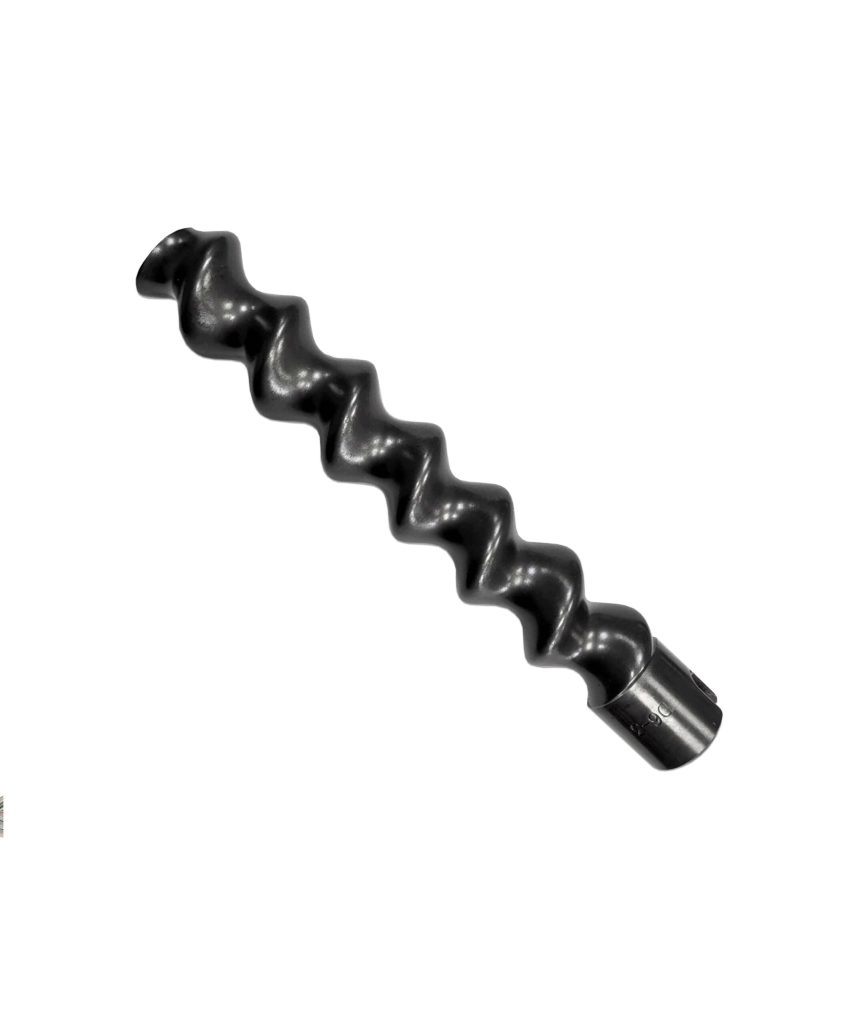
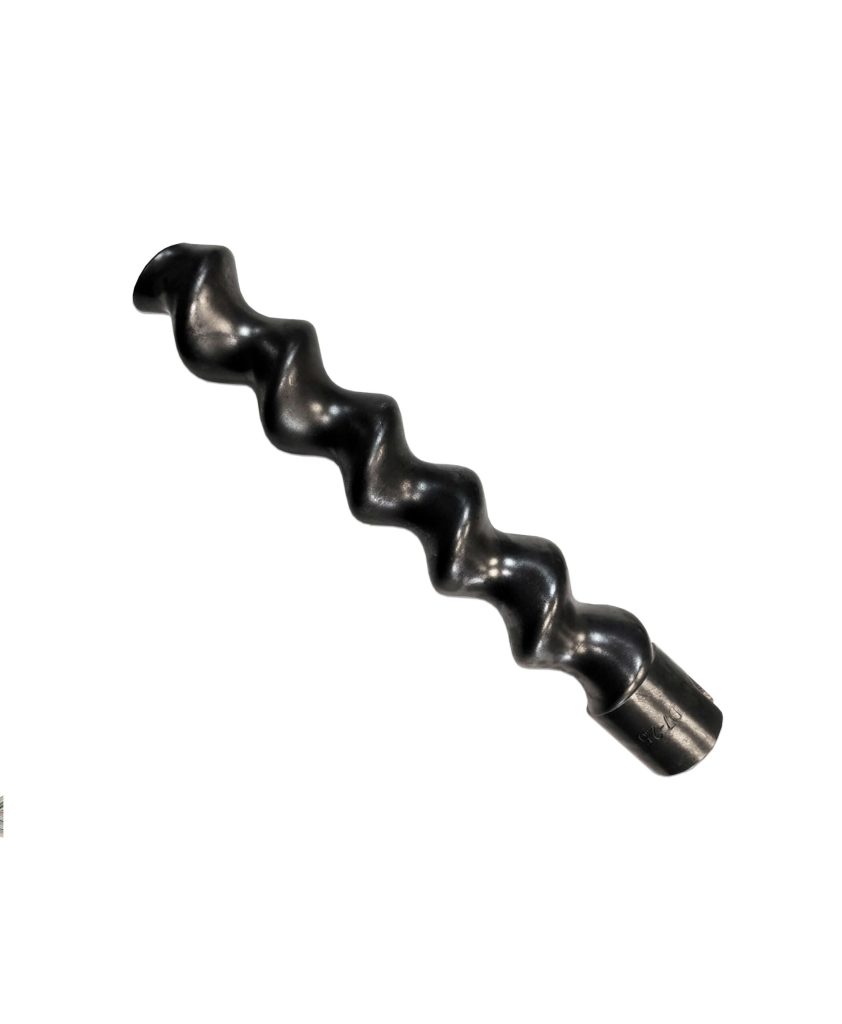
Powermix D-7 Rotor (Shaft)
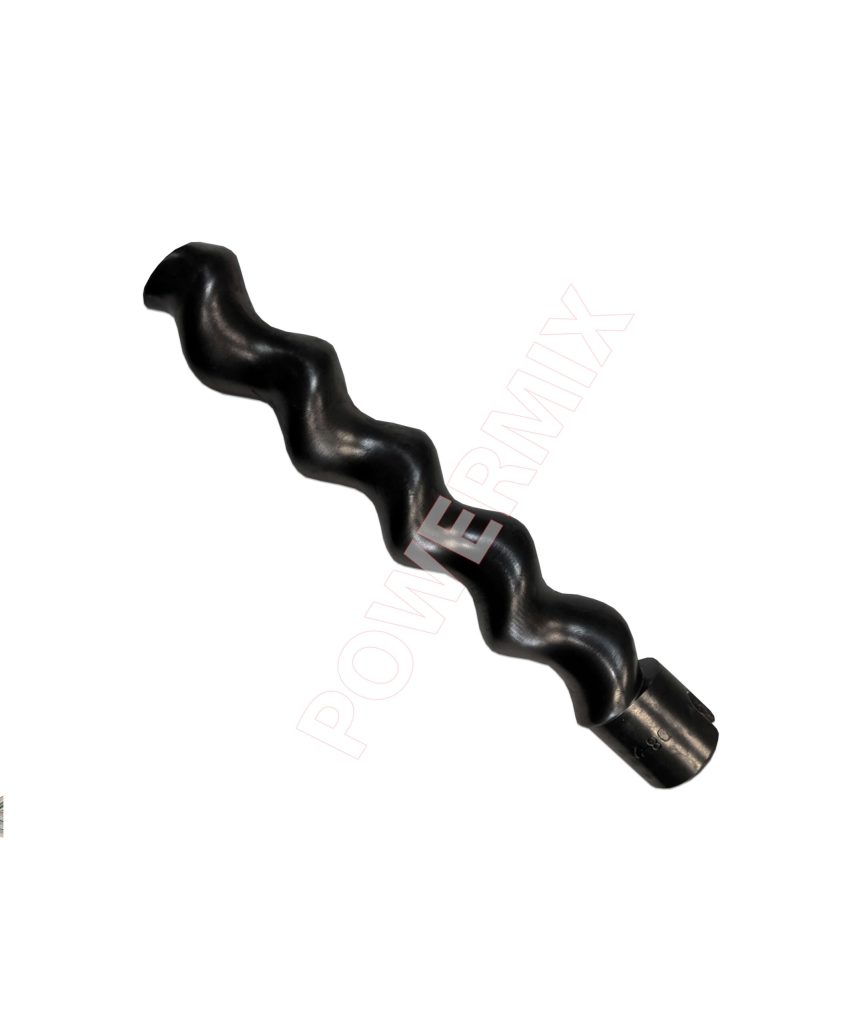
Powermix D-8 Rotor (Shaft)
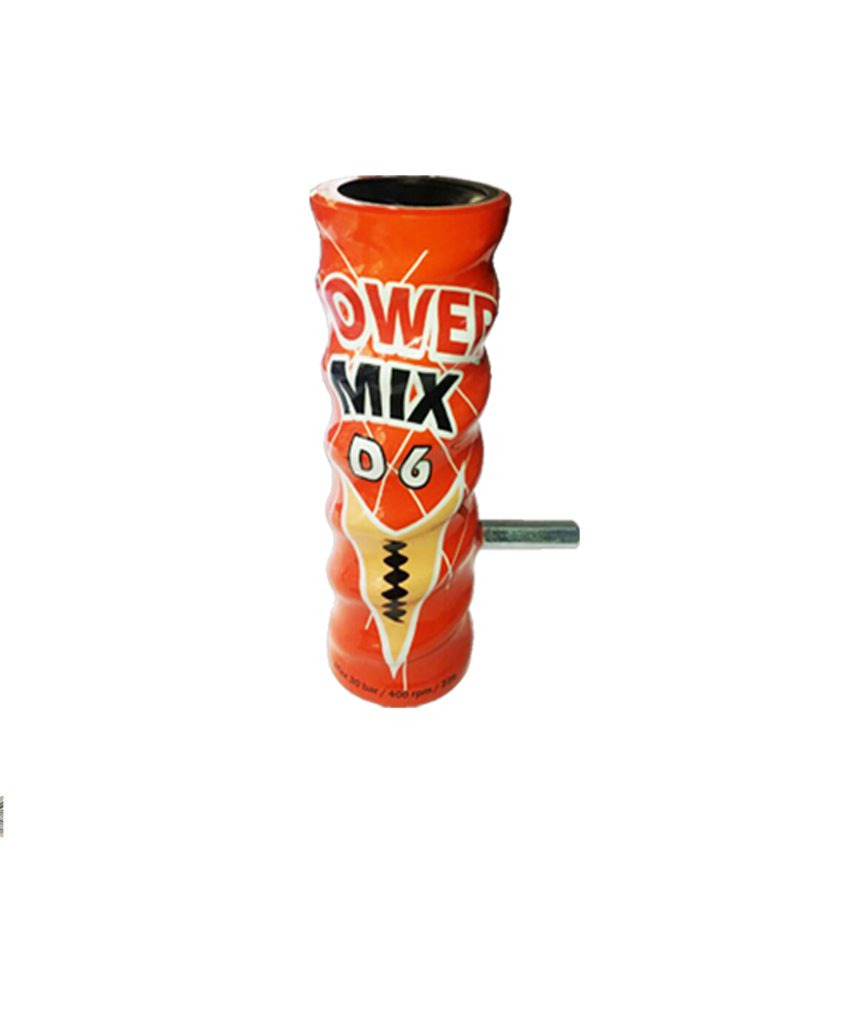
Powermix D-6.3 Stator (Helix)
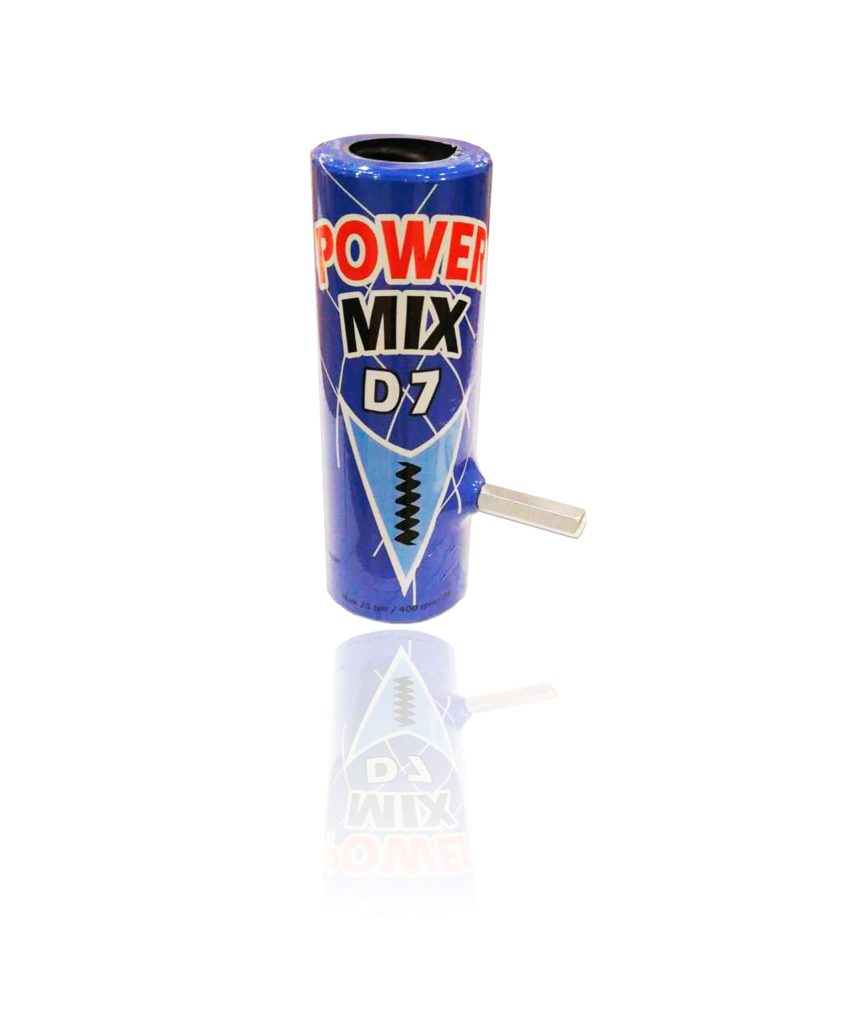
Powermix D-7 Stator (Helix)
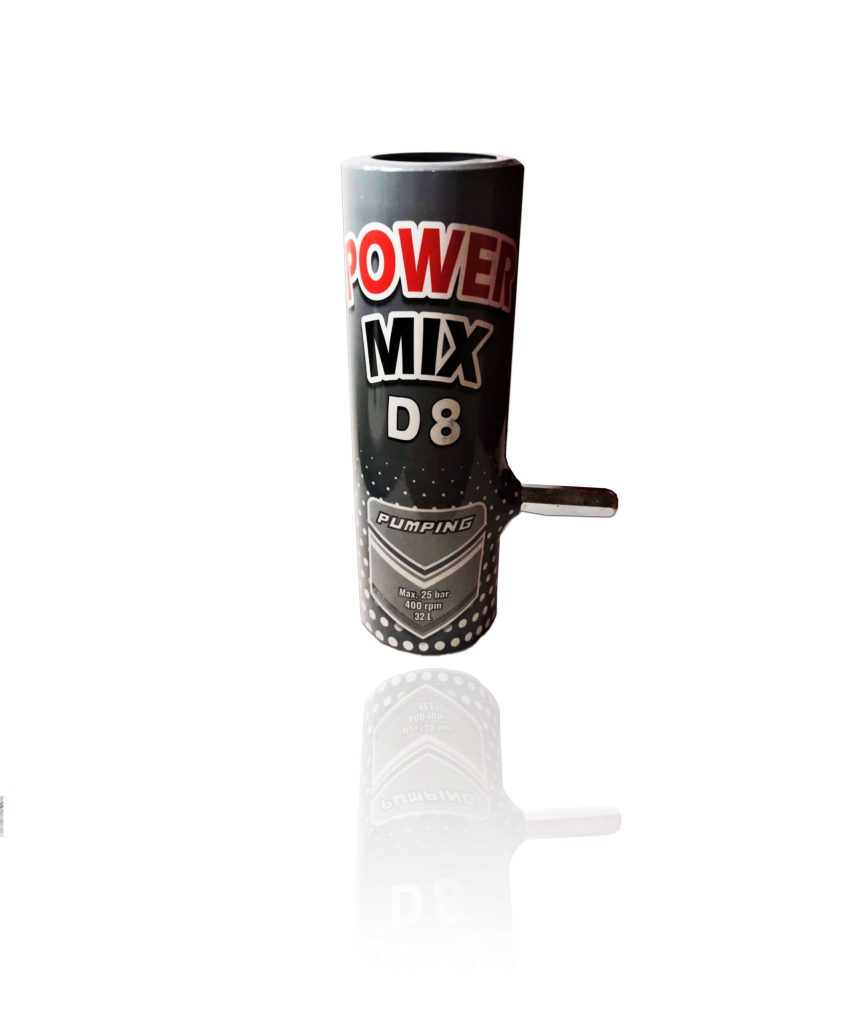
Powermix D8 Helix
Screw Pump
Screw pumps are components inside plastering machines that ensure the materials used for plastering are homogenized and prepared for application. Thanks to the screw pump, the mixture loaded into plastering machines is brought to the desired consistency for application on a designated surface.
A screw pump is an essential part of plastering machines. Without it, the plaster cannot achieve the desired consistency, and the materials that make up the plaster cannot be sufficiently mixed. Therefore, a screw pump must be present in plastering machines. It plays a crucial role in mixing the materials that come from the hopper and preparing them for spraying.
Additionally, in both gypsum and cement plastering machines, the screw pump needs to be regularly checked. A malfunctioning screw pump cannot mix the materials properly or transfer the plaster mixture for the spraying process. Therefore, screw pumps in plastering machines should be routinely inspected and replaced if necessary.
What Does a Screw Pump Do?
The screw pump is a part of both gypsum and cement plastering machines. Depending on the chosen plastering method, the necessary mixing materials are determined and transferred to the machine to create the plaster mixture. While the machine performs the mixing process to form the mortar, the materials are transferred to the screw pump. The screw pump ensures the mixture achieves the desired consistency and conveys the plaster to the hoses for spraying. The mixed plaster is then applied to the surface via the spraying process.
The screw pump facilitates the materials reaching the required consistency for plastering and transferring the mixture to the hoses for spraying. If there is an issue with the plaster’s consistency or the transfer to the hoses is not functioning, the screw pump in the plastering machine may be faulty. In such cases, if there is no apparent issue, the screw pump can be repaired. However, if the machine is old or the screw pump has a significant problem, it should be replaced to prevent further damage to the internal components of the machine.
How Does a Screw Pump Work?
Primarily, screw pumps perform the same technical function in all plastering machines. In a gypsum plastering machine, plaster is added from one hopper and water from another. These materials are mixed inside the machine to form a mortar. The mortar is then transferred to the screw pump inside the machine. The screw pump rotates to transform the mortar into a plaster consistency.
The screw pump subsequently transfers the prepared plaster to the hose channels for the spraying process. The plaster from the hose channels is now ready to be applied to the designated surface. Cement plastering machines also feature screw pumps, which serve the same function. The materials transferred from separate channels and hoppers are mixed to create the plaster mortar and are brought to the desired consistency with the screw pump before being transferred to the hoses.
To obtain this product, commonly used on construction sites, you can place an order through our website.
